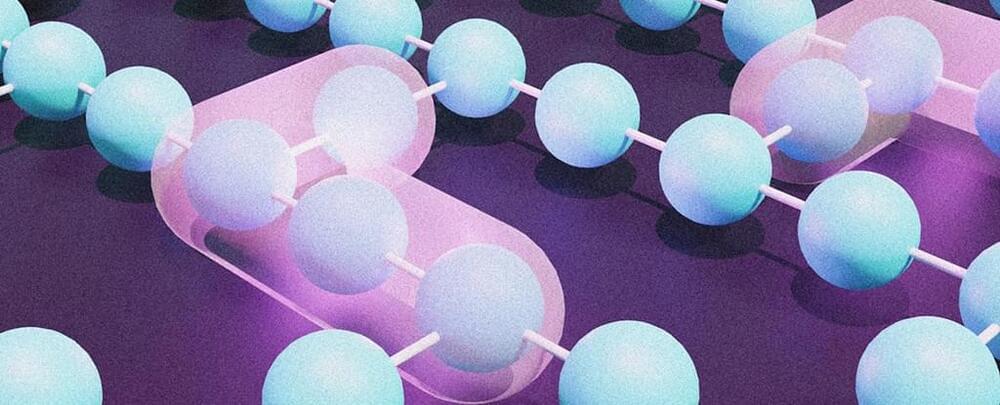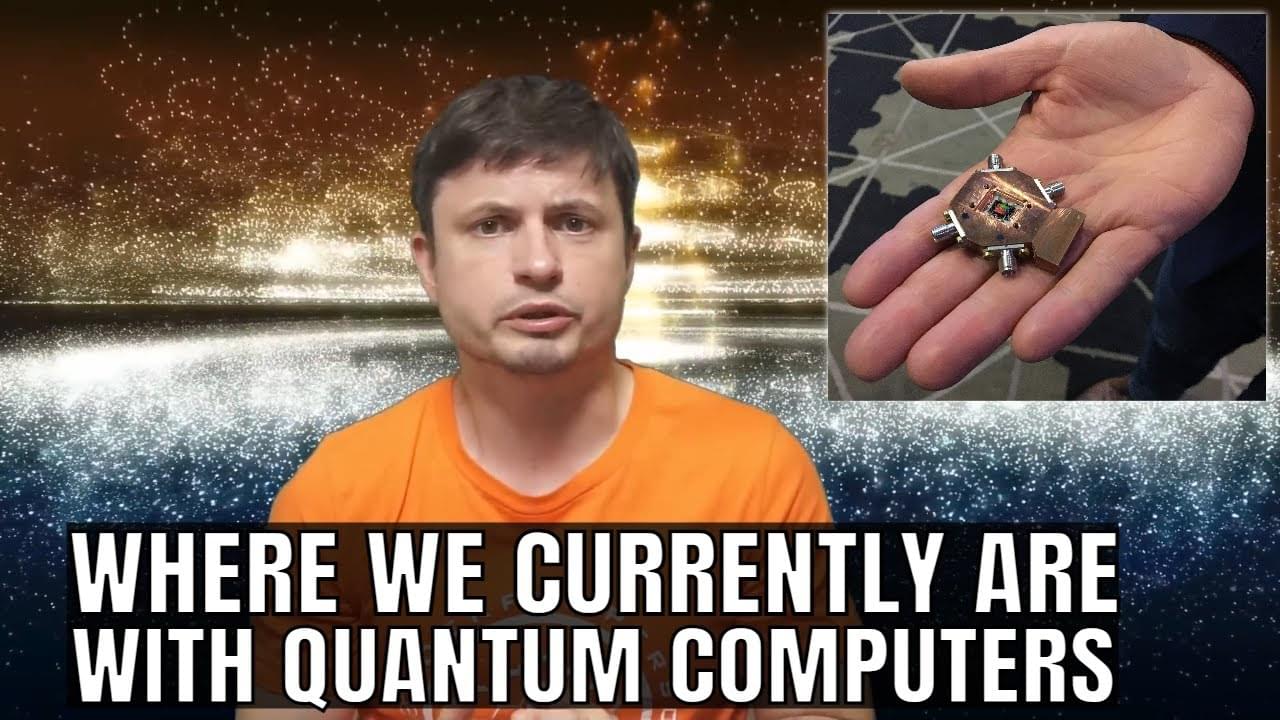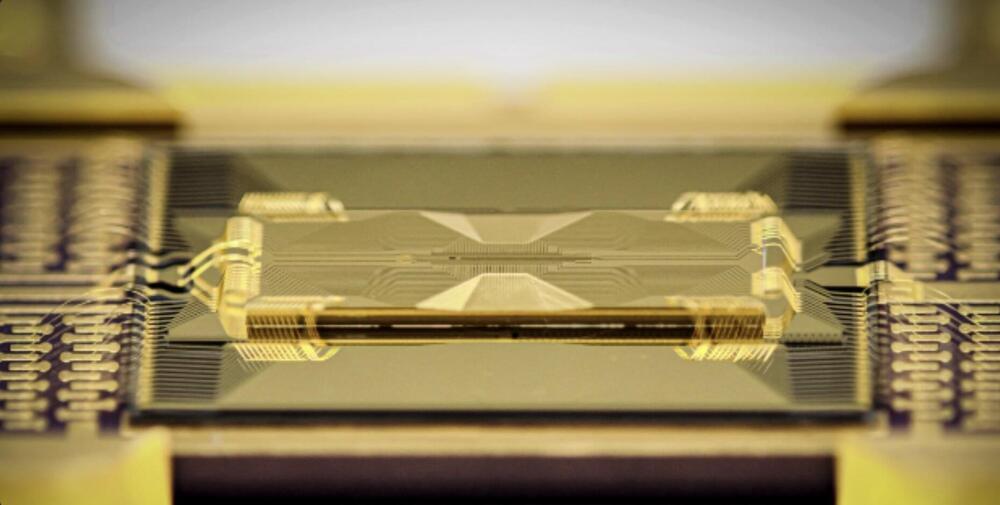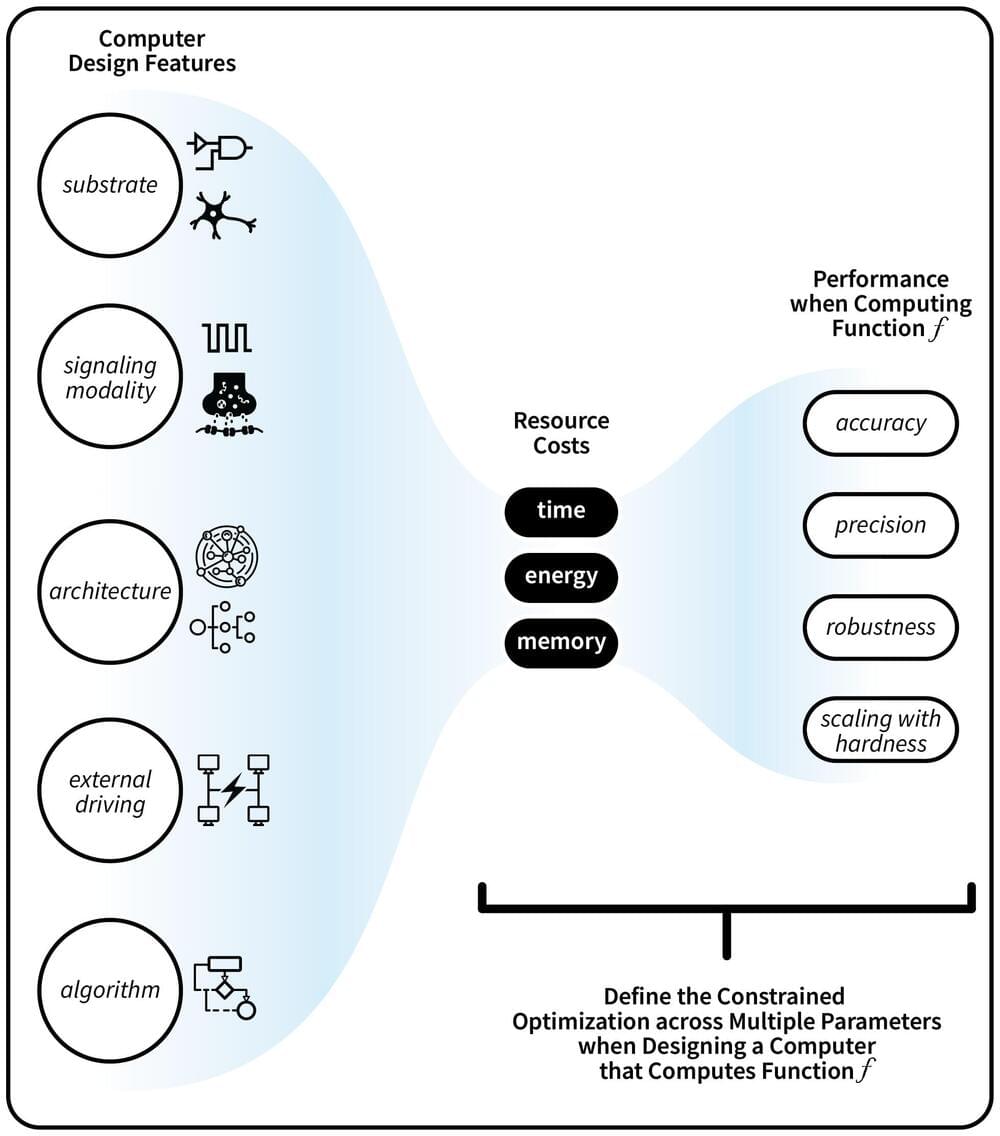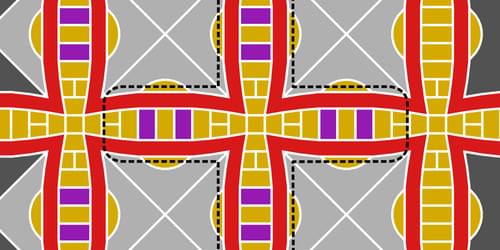Nov 10, 2024
Computers Find Impossible Solution, Beating Quantum Tech at Own Game
Posted by Paul Battista in categories: computing, particle physics, quantum physics
Earlier this year, experiments shattered expectations by pushing the limits of what classical computing was believed to be capable of. Not only did the old fashioned binary technology crack a problem considered to be unique to quantum processing, it outperformed it.
Now physicists from the Flatiron Institute’s Center for Computational Quantum Physics in the US have an explanation for the feat which could help better define the boundaries between the two radically different methods of number-crunching.
The problem involves simulating the dynamics of what’s known as a transverse field Ising (TFI) model, which describes the alignment of quantum spin states between particles spread across a space.
